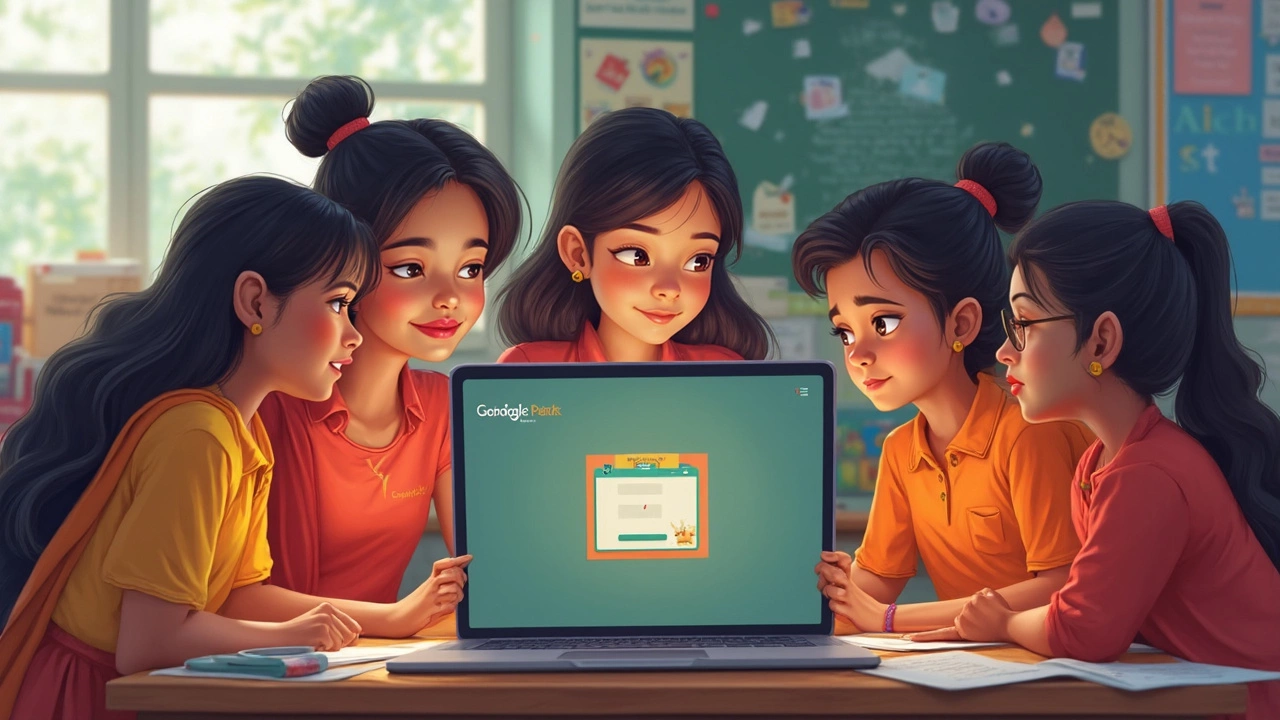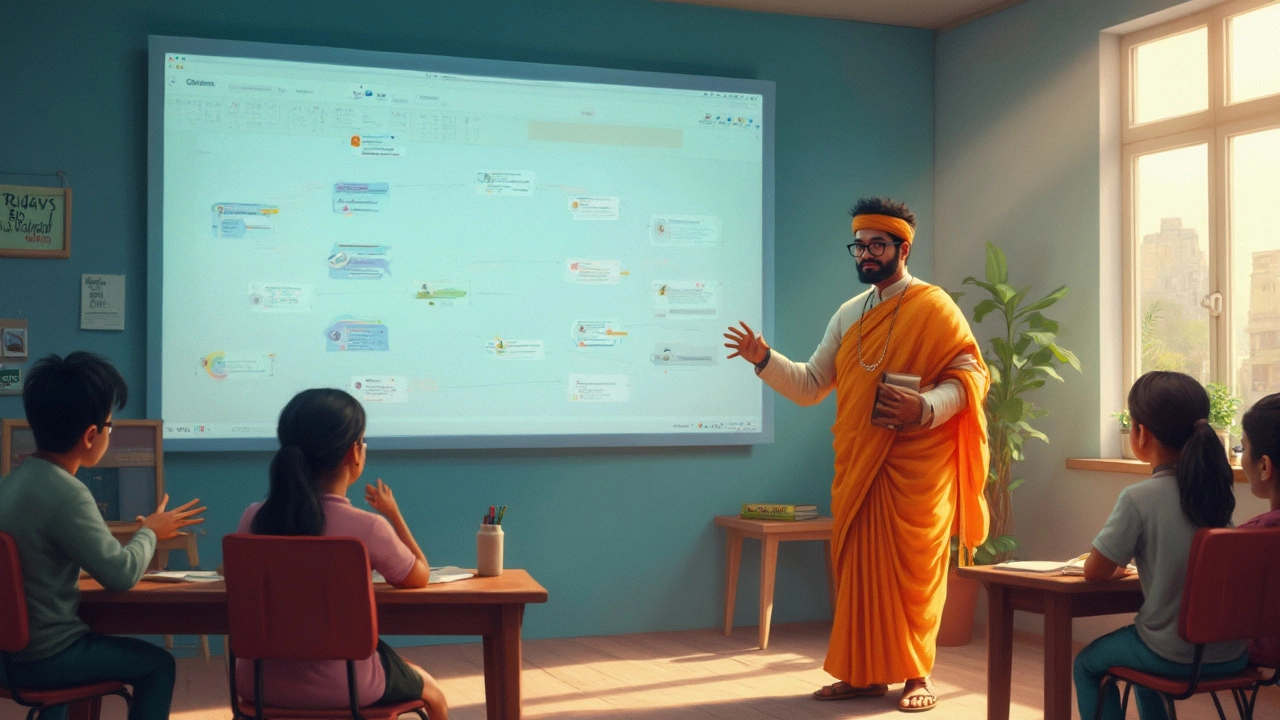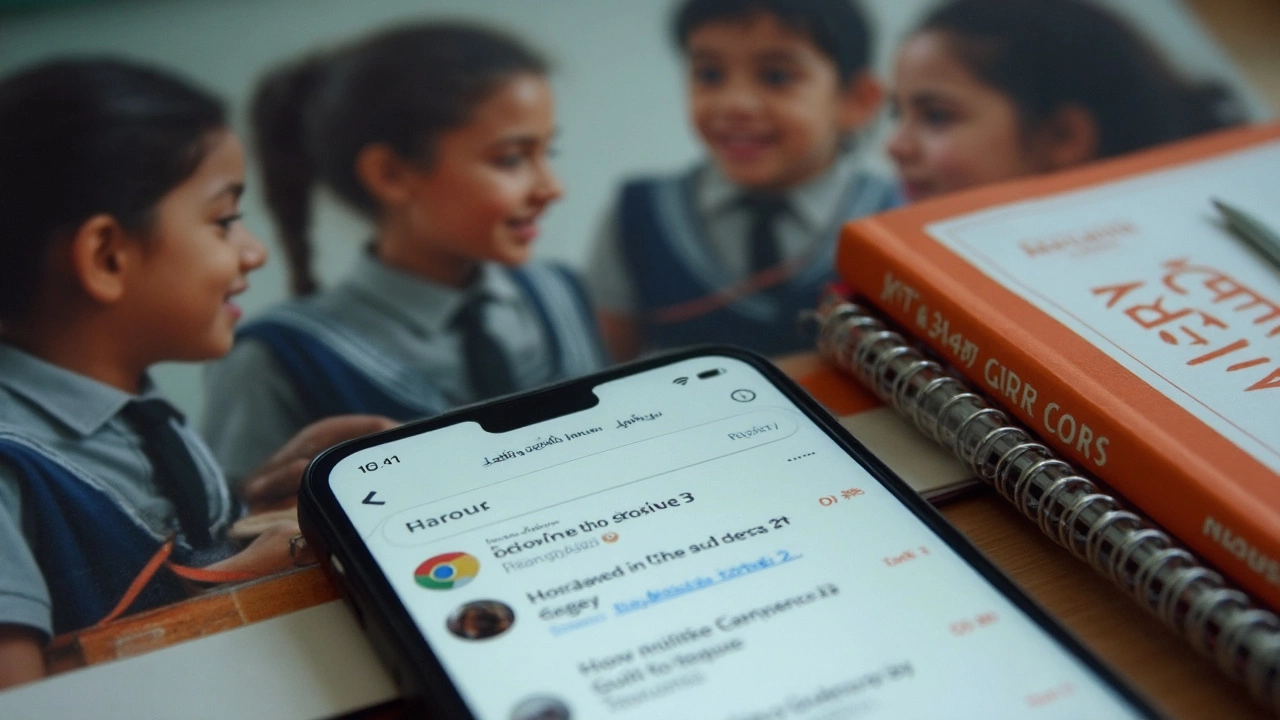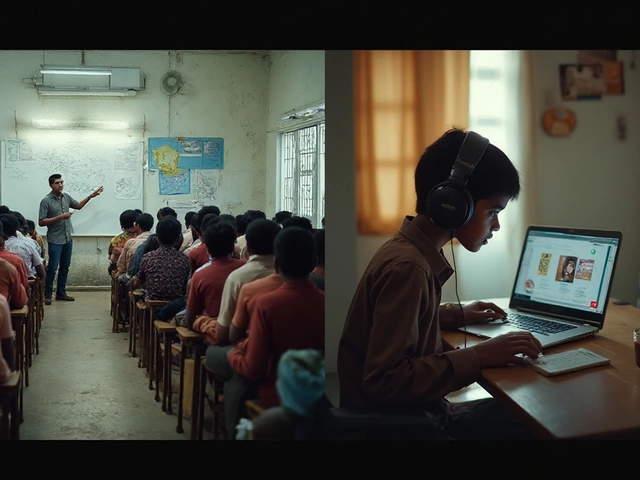
Scrolling through teacher forums lately, it's hard to miss the panic: "Is Google Classroom shutting down?" It’s wild how fast rumors spread online. If you base your plans on what you see in Facebook groups, you might already be looking for a whole new way to manage your class.
Here’s the truth: As of today, Google has made no official statement about ending Google Classroom. The platform is still working, and schools across the world are actively using it for assignments, quizzes, and announcements. No red banners, no service shutdown notices.
But just because it isn’t being discontinued right now doesn’t mean you should ignore the talk. Companies tweak their products all the time. Remember how Google killed Google+ and Reader? Users didn’t see it coming—until suddenly they did.
- Where Did the Discontinuation Rumor Come From?
- What Google Has Actually Announced
- How Schools and Teachers Are Responding
- Tips for Staying Prepared
- Options If Google Classroom Really Does Go Away
Where Did the Discontinuation Rumor Come From?
This whole idea that Google Classroom might be going away didn’t just pop up out of nowhere. Back in late 2024, a couple of big ed-tech bloggers started posting about changes to Google Workspace for Education. In particular, Google quietly retired a few older tools, and some people jumped to conclusions. Posts with vague titles like “Changes Coming to Google Tools in Schools” got shared on Twitter and Facebook, and folks started freaking out without reading the actual details.
Then, Google shut down Jamboard in late 2024—a tool some teachers used with Google Classroom. That shutdown fueled even more speculation. Suddenly, the talk switched from one tool ending to worries about the core classroom platform itself. Misinformation spread fast, especially when news outlets only covered bits and pieces without context.
If you take a look at the search data from the start of 2025, you see a clear spike every time Google makes updates to its suite. Here’s a quick look at where the chatter got strongest:
| Month | Major Google News | Spike in "Google Classroom Discontinued" Searches |
|---|---|---|
| Oct 2024 | Jamboard retirement | +250% |
| Jan 2025 | Workspace feature update | +180% |
On Reddit, threads exploded with questions, but none linked to proof that Classroom was truly on the chopping block. Most of these worries came from confusion between Google getting rid of older or less-used tools, and any real threat to Classroom itself.
If you see scary headlines or panicked posts, double-check the details. Nine times out of ten, they mix up actual fact with guesses. It’s smart to keep an eye on official updates—Google posts any real changes right in the Classroom Help Center or on their company blog. Better to trust the source than get caught in the rumor mill.
What Google Has Actually Announced
Let’s cut through the noise: Google hasn’t said it’s closing down Google Classroom. In fact, Google’s public blog and the official Workspace Updates page have been business as usual, mostly talking about new features rather than shutdowns. Google keeps rolling out upgrades—like easier grading, better integrations with third-party apps, and more ways to organize assignments.
Here’s what you’ll actually find if you dig through recent Google updates:
- Google announced a bunch of Classroom improvements in late 2024, including AI-powered help for teachers and better mobile app functionality.
- In April 2025, Classroom expanded its integrations, so it works more smoothly with tools like Quizizz, Kahoot!, and several learning management systems.
- The latest update (as of May 2025) added options for bulk grading and easier syncing with school information systems (SIS).
No mention—at all—of shutting it down. In fact, here’s a snapshot of recent updates just so you can see what’s really happening:
| Date | Announcement |
|---|---|
| March 2024 | AI writing help for student assignments |
| October 2024 | Mobile app update with offline support |
| April 2025 | Expanded integration with third-party apps |
| May 2025 | Bulk grading and SIS improvements |
The only confusion happened because Google sometimes phases out very old features—like the classic Classroom interface, or less-used integrations. But these weren’t shutdowns of the whole platform, just tweaks to make things run smoother or more secure.
If there ever is a major change, Google usually gives schools months (sometimes even a year) of notice, plus help with switching or backing up data. Right now, there’s no shutdown on the horizon. So if you’re using Google Classroom, keep doing what you’re doing.

How Schools and Teachers Are Responding
Even though Google hasn’t announced any plans to end Google Classroom, the non-stop chatter online has made a lot of teachers nervous. Some districts have actually sent out emails or talked in staff meetings about making backup plans for their digital classrooms. Basically, nobody wants to be caught off guard if Google ever does decide to pull the plug.
Most schools aren't jumping ship right away, but they're being extra cautious. For example, tech teams in the U.S. and Canada have started reminding teachers to back up their important classwork and student submissions to their local drives or Google Drive frequently. Some districts even made it part of their end-of-year checklist for teachers to download their class rosters and assignments—just in case.
Check out how some schools are handling the uncertainty:
- Backup Everything: Teachers are regularly exporting grades and resources from Google Classroom. Some use Google Takeout, others prefer simple downloads to a laptop.
- Trial Runs with Alternatives: Districts in Minnesota and Texas have started asking a handful of teachers to try out other tools like Canvas and Schoology, making sure folks don’t get stuck if a quick switch ever becomes necessary.
- Parent Communication: Some schools are telling parents about possible changes, so families don’t panic if the platform changes suddenly.
Here's a breakdown from a 2024 teacher survey on digital classroom habits after hearing the rumor:
| Action | Percent of Teachers |
|---|---|
| Started backing up files weekly | 62% |
| Experimented with an alternative e-learning platform | 38% |
| Sent updates to parents/guardians | 19% |
It’s not mass panic mode, but you can bet teachers everywhere want a plan B. Seeing other Google products disappear has made schools a little jumpy. For now, staying organized and prepared is what everyone’s aiming for.
Tips for Staying Prepared
If you depend on Google Classroom day in and day out, a little backup planning can't hurt. Even if Google says Classroom isn’t going away soon, being ready just makes sense. Platforms and features change fast—one week, it’s business as usual, the next, you’re getting emails about big updates or even shutdowns.
Here are a few practical moves to avoid surprises:
- Export Your Grades and Student Work Regularly: Don’t let all your hard work get locked in one place. Download your gradebooks, files, and student submissions to a secure location (your computer, Google Drive, or even an external drive). Google Classroom lets you export grades as .csv files. Make it a habit—maybe right after you finish grading each batch of assignments.
- Explore Other EdTech Platforms: Get familiar with common alternatives like Microsoft Teams, Schoology, or Canvas. You don’t need to switch, but having accounts set up and knowing your way around makes a sudden transition less painful. Even a quick tutorial on YouTube can help.
- Keep Communication Open: If you’re an educator, talk with your school IT team and colleagues. See if your district has a backup plan or recommendations for other tools. Sharing tips or guides as a team beats hustling alone in an emergency.
- Follow Google’s Official Updates: Subscribe to Google Workspace Updates Blog or follow their Twitter/X account. That way, you’ll spot official news instead of relying on rumors. Big changes get posted there first.
- Backup Digital Resources: Download copies of lesson plans, quizzes, and other teaching materials from Classroom. Use folders you can access even if Classroom suddenly becomes unavailable.
Check out how many schools rely on cloud-based tools like Classroom, based on a recent 2024 EdTech survey:
| Platform | Percentage of Schools Using |
|---|---|
| Google Classroom | 62% |
| Microsoft Teams | 24% |
| Schoology | 11% |
| Canvas | 16% |
So even though Google Classroom leads the pack, it’s smart to have some flexibility. If you’re ready for change, you’re less likely to panic if Google ever does make a major announcement.

Options If Google Classroom Really Does Go Away
If Google Classroom were to disappear, a lot of teachers and students would need a plan B fast. Good news is, there’s no shortage of other Google Classroom alternatives out there, and plenty of them are already popular in schools around the world.
Microsoft Teams for Education is probably the top runner. Tons of schools that use Microsoft tools already have access to Teams, which offers class assignments, video meetings, and even grade book integration. It connects nicely with OneDrive so you won’t lose your files and assignments in the shuffle.
Then there’s Schoology, which has been around for years and feels similar to Google Classroom when it comes to making assignments, grading, and sharing resources. It’s used by big school districts and allows for all sorts of third-party plugins if you like customization.
If you’re looking for something more basic, Edmodo gives you simple digital assignments and a Facebook-style classroom space. Moodle is another solid option, especially for bigger schools or universities who want control over their platform—they can even host it themselves.
Want to stick with Google tools even if Classroom goes away? Google Workspace isn’t going anywhere, so you can use Google Drive, Docs, Slides, and Gmail to keep classes organized. It takes a bit more effort, but you can set up shared folders and group emails in a pinch.
- Start backing up your class materials now, just to be safe. Export gradebooks, download assignments, and save lesson plans somewhere besides the cloud.
- Try out a new platform before you actually need it, so you don’t get caught scrambling at the last minute.
- Stay plugged into what your school IT team is doing—they’ll probably have a plan, and it’s easier to transition when everyone’s on the same page.
- If you’re in a private class or tutoring group, talk with students and parents so they know how things might change down the road.
Switching platforms is never fun, but it doesn’t mean your teaching has to skip a beat. With a little prep now, you can dodge a lot of headaches if Google ever pulls the plug.





